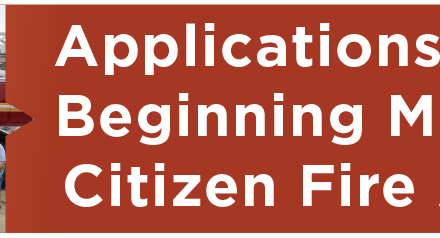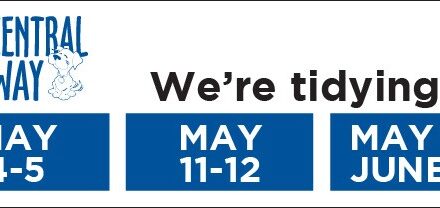Though March-November is considered “ozone season” in the DFW area, hot temperatures and the resulting higher ozone concentrations in our air usually make August the month with the most “high-level” days, and you may hear a lot of news or weather reports that include the words “Ozone Action Day” or “Ozone Alert.”
Here is some information to help better understand what that means:
- Every day during ozone season, the Texas Commission on Environmental Quality (TCEQ) makes Ozone Action Day forecasts for nine metropolitan areas including DFW, so people can take precautions if necessary and take steps to reduce pollutants. A color-coded air quality index is used to identify the severity of pollution and the precautions advised, with green indicating the best air quality and purple the worst. For example, on Orange Level ozone days, sensitive groups should limit outdoor activity and on Red Level days, all persons should limit outdoor activities.
- Ozone forms when nitrogen oxides (NOx) and/or volatile organic compounds (VOCs) combine with sunlight and intense heat. Primary emission sources of NOx and VOCs include cars and trucks.
- Inhaling ground-level ozone is especially dangerous for young children and people who have respiratory diseases such as asthma. People without respiratory problems can also experience health effects such as coughing, shortness of breath and chest tightening.
Website: www.airnorthtexas.org/ozone
Website: www.nctcog.org/trans/quality/air/ozone



